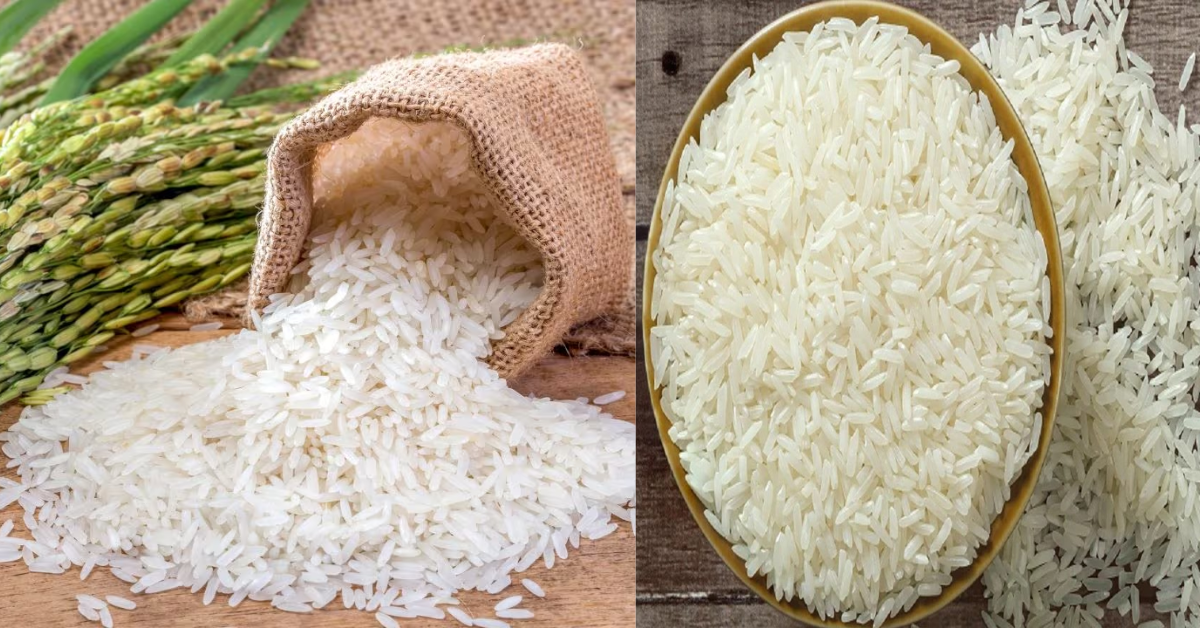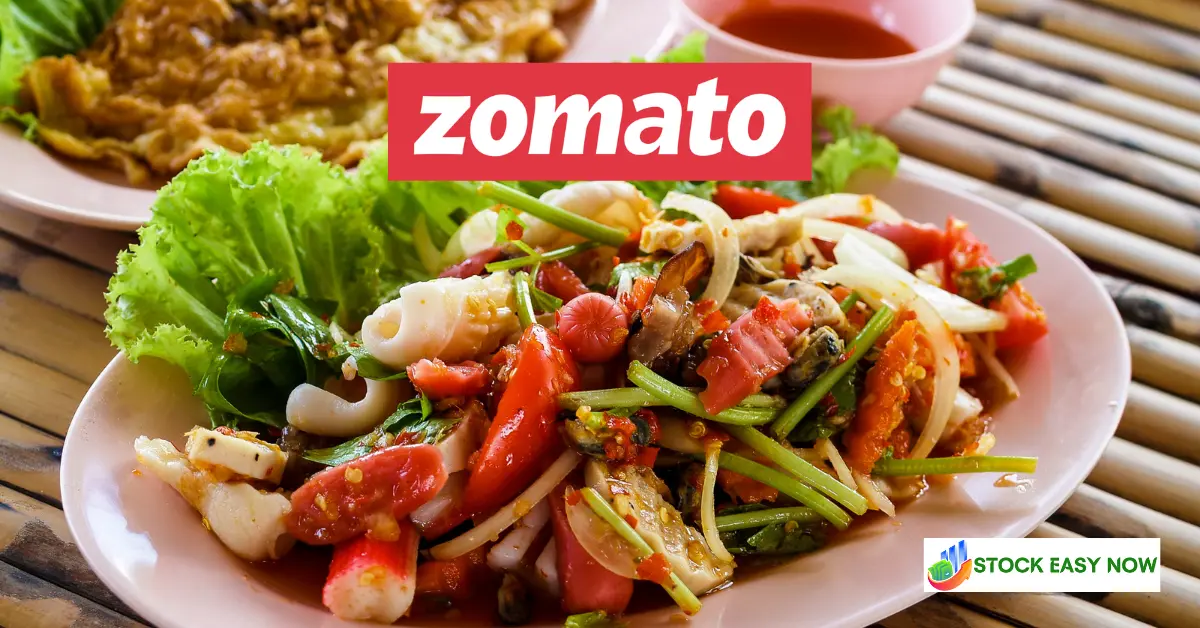The government has frequently tightened export controls to stop domestic price increases.
The top exporter of rice in the world, India, is anticipated to keep imposing restrictions on exports well into next year. This is likely to keep the price of the staple grain near the highest levels since the 2008 food crisis.
Over the past ten years, the nation has become one of the top shippers in the world, making up nearly 40% of all shipments due to lower prices and large stockpiles. Benin and Senegal are two of the top buying countries in Africa.
In an effort to prevent domestic price increases and protect consumers, the government has tightened shipment restrictions on multiple occasions.
“The restrictions are likely to stay as long as domestic rice prices face upward pressure,” stated Nomura Holdings Inc.’s chief economist for India and Asia ex-Japan, Sonal Varma. “If domestic rice prices do not stabilize even after the elections, these measures will probably be extended.”
White rice varieties that are broken or not basmati are prohibited from export, and the nation has imposed minimum prices and export duties. In response, prices spiked to a 15-year high in August, and consumers in the most vulnerable importing countries refrained from making purchases. A few asked for waivers. As of October, the UN’s Food and Agriculture Organization reports that rice was still 24% higher than it was a year ago.
The country’s shippers are represented by the Rice Exporters Association, whose president, B.V. Krishna Rao, predicted that the government would likely maintain the export restrictions until the vote the following year.
El Niño’s arrival, which usually causes crops in Asia to wilt, could further tighten the global rice market at a time when global stockpiles are expected to fall for the third consecutive year. According to the Thai government, the country’s second-largest exporter, paddy output is predicted to decrease by 6% in 2023–2024 due to arid weather.
“The scarcity of alternative suppliers makes rice difficult to come by,” stated Joseph Glauber, a senior fellow at the International Food Policy Research Institute located in Washington. India, he continued, leaves “a big hole to fill.”
Worries about the nation’s crop are making policymakers even more cautious, which will only complicate things further. According to farm ministry estimates, patchy rains could result in a nearly 4% decrease in the harvest that was sown during the monsoon compared to the previous year. The monsoon season, which ran from June to September, saw the least amount of cumulative rainfall in five years.
A primary government priority is guaranteeing the availability of supplies to support the nation’s free food program, which serves over 800 million people.
The importance of the handouts increases as food prices rise. Based on data from the Food Ministry, retail prices of rice in New Delhi are 18% higher than a year ago, while the cost of wheat has increased by 11%.
According to a spokesman for the ministries of trade and food, the government is continuously monitoring food prices and will decide when to export, taking into account the interests of both farmers and consumers.
The world’s most populous nation’s cash-strapped consumers may ultimately profit from the country’s policy, but vulnerable populations in other parts of Africa and Asia where billions of people depend on a plentiful global supply of rice may not.
In September, rice inflation in the Philippines reached a record 14-year high, despite a directive from the president to limit expenses. To lower prices ahead of the 2024 presidential election, the Indonesian government is increasing imports.
Nigerians are among those in West Africa who have suffered because of growing prices. September saw a 61% increase in rice, the primary component of jollof, a popular dish in many Nigerian homes. That month, annual headline inflation increased by 26.7%, the fastest rate since August 2005, while annual food inflation accelerated to 30.6%.
For its part, the US rice industry claimed that India’s export embargo was needless. As of right now, “India has more than sufficient stocks,” stated USA Rice President and CEO Peter Bachmann. “When India lifts the export ban in the coming months, our exporters—along with other major exporters in Asia—will benefit in the short term, but they will significantly distort world prices once again.”





